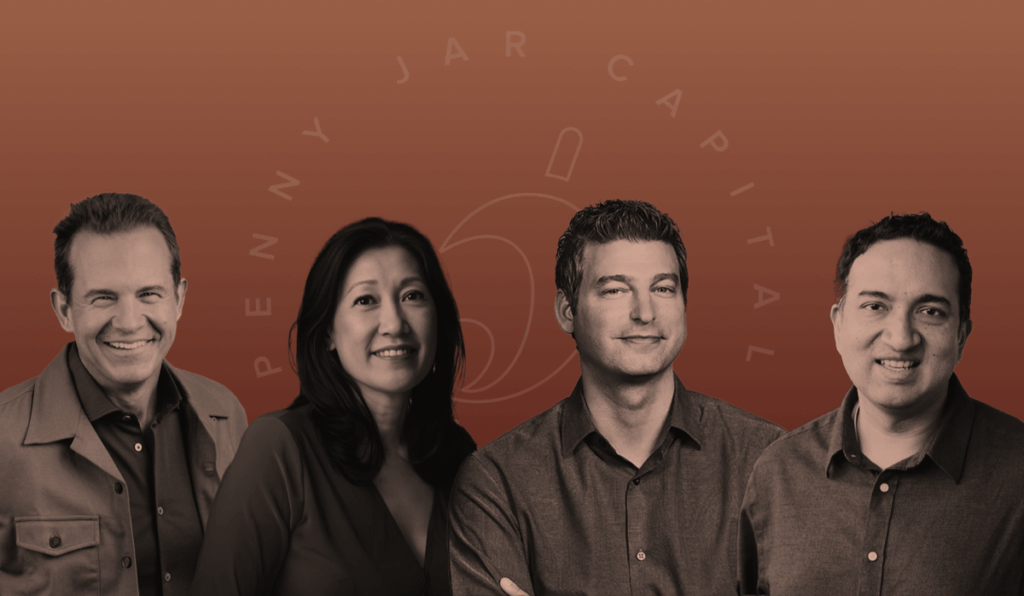Raising Capital in 2025: The New Rules for Series A and B
By Rich Scudellari

In 2021, raising a round often felt like surfing a wave: you just had to stand up and hold on. Capital was abundant, valuations soared, and timelines from first meeting to term sheet were measured in days.
Four years later, the tide has gone out. In the past year, we have seen a monumental shift in the fundraising environment for Series A and B rounds. The venture capital landscape is more complex, more selective, and, if you’re the right kind of company, potentially more rewarding than ever. Some founders still announce oversubscribed rounds before the ink on their deck is dry. Others spend months pitching without a single serious offer. Both realities exist, and the gap between them is widening.
One of the clearest dividing lines is the rise of AI. “When investors see companies go from a standing start to nine-figure revenues in 12 to 18 months, it recalibrates the definition of ‘good’ and shatters the old benchmarks for growth,” says Adam Bain of 01A. AI-native companies are judged against a different set of expectations; ones that reward speed, virality, and early adoption. Pre-AI companies, meanwhile, face a much higher bar: stronger revenue, consistent proof points, and more durable moats. Founders need to know which camp they’re in and build their story accordingly, because investors will quickly discern perception from reality.
But even with the right positioning, top-line growth alone isn’t enough to get you to a signed term sheet. “If you have 10 customers but they’re five different use cases, that feels pretty unrepeatable to me,” says Theresia Gouw of Acrew Capital. Investors want to see growth that can be repeated again and again, a clearly defined ideal customer profile, and a go-to-market motion that works predictably. In some cases, that means turning away short-term revenue so you can concentrate on the customers and markets that will sustain the business long term. Focus isn’t just a discipline; it’s a signal that you understand what really drives scale.
Durability has become just as important as growth, and that starts with the team. “It’s an absolute talent war right now. Hire ahead of your needs,” advises Somesh Dash of IVP. “Even if you have product-market fit, if you don’t have the right people, you will lose.” In today’s leaner teams, every hire is a force multiplier, or a drag. Exceptional talent not only performs better, it attracts more exceptional talent, creating a compounding advantage that shows up in product velocity, sales execution, and the ability to weather inevitable challenges.
This is also a time when moats are evolving. Code can be copied, and technical moats are becoming rarer, but proprietary data flywheels, network effects, and deep domain expertise in hard-to-penetrate industries are far more defensible. The companies that can pair a strong market position with a truly differentiated moat will have a much easier time raising capital.
Complicated fundraising environment aside, we need to step back and consider the moment we’re in. It’s unique and the opportunity of a lifetime, so take advantage of it. As Byron Deeter of Bessemer Venture Partners put it:
Use this disruptive moment in time as your tailwind, not your headwind. It is a time to think differently for any smart, nimble early-stage founders who are at all AI savvy. Be incredibly aggressive because chaos creates opportunity, and we are at a point of max market chaos. And you may not have this moment again in your career. We’re going to tell our grandkids about these few years. The dawn of AI is a generational opportunity.
The rules for raising a Series A and B have changed. The expectations are higher, the scrutiny is deeper, and the window of opportunity may be shorter. But for founders who can navigate the AI divide, focus on repeatable and durable growth, build an exceptional team, and move decisively in this market, the upside has never been greater.
